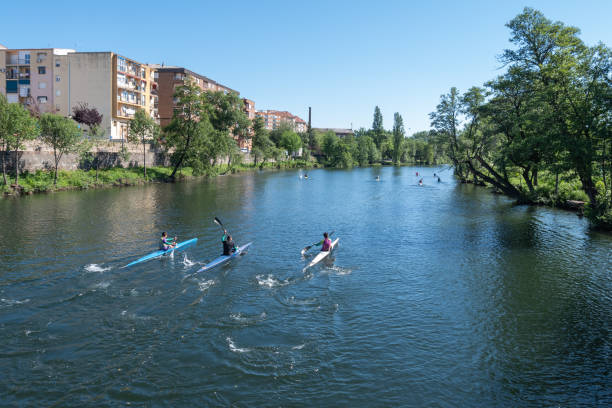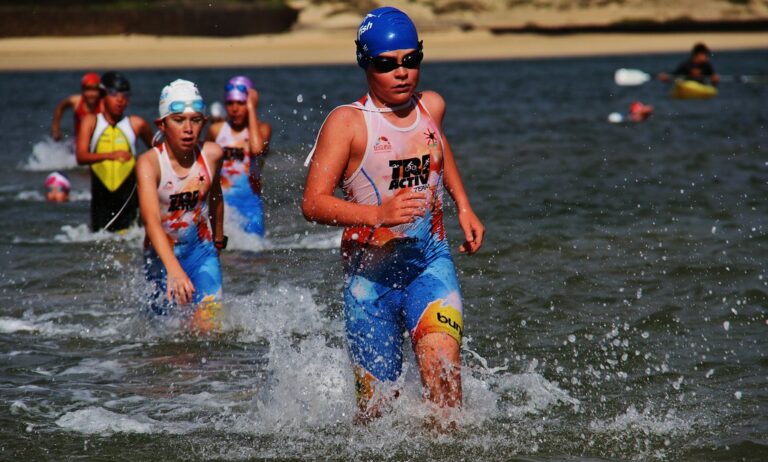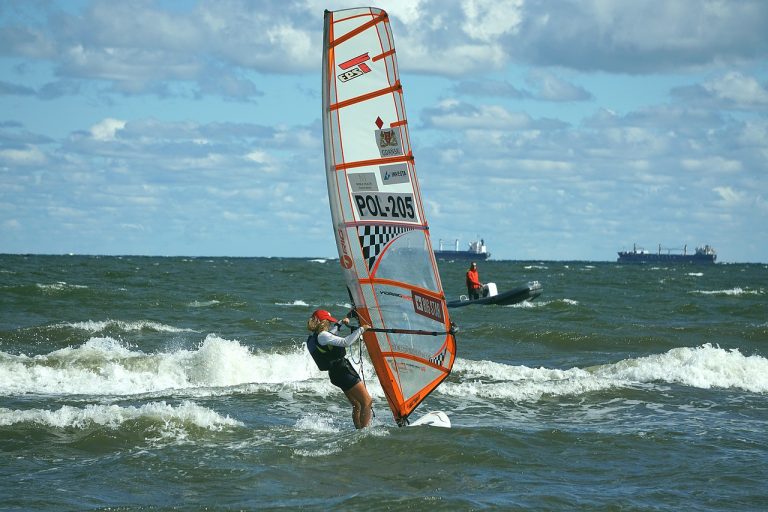General Rules of Swimming
When it comes to navigating the waters of swimming, it’s essential to remember the cardinal rule – safety first. However, there are other aspects to consider as well. From pool etiquette to appropriate swim attire, there are guidelines to follow that can enhance your aquatic experience and ensure a smooth swimming session. But, there is one crucial element that often gets overlooked, a factor that can significantly impact your performance and safety in the water. Stay tuned to uncover this key rule that every swimmer should keep in mind.
Safety Precautions
To ensure a safe and enjoyable swimming experience, always remember to follow these essential safety precautions. First and foremost, always swim where there is a lifeguard presence. Lifeguards are trained to respond to emergencies swiftly and efficiently, providing an extra layer of safety and security. Knowing that a professional is keeping watch allows you to relax and focus on your swim.
In addition to the lifeguard presence, familiarize yourself with the emergency protocols of the swimming facility. Take a moment to locate the nearest emergency exits, life-saving equipment, and first aid kits. Being prepared and aware of your surroundings can make a significant difference in case of an unexpected situation. Remember, quick action is crucial in emergencies.
Furthermore, it is always a good idea to swim with a buddy. Not only does swimming with a companion make the experience more enjoyable, but it also adds an extra layer of safety. In the event that something goes wrong, having someone there to assist or seek help can be lifesaving. Remember, safety in numbers!
Pool Etiquette
When at the pool, be mindful of others and practice good pool etiquette. It’s essential to create a positive and safe environment for everyone to enjoy their swim. Here are some key points to keep in mind:
- Lane Sharing:
- Always be aware of the lane you choose and its designated speed. Slower swimmers should stick to the right to allow faster swimmers to pass on the left.
- Communicate with other swimmers before starting your swim. Politely ask if they are okay with sharing a lane to avoid any potential conflicts.
- Respect the space of others sharing the lane. Try to swim in a straight line and avoid crowding or splashing excessively.
- Diving Etiquette:
- Before diving into the pool, ensure the area is clear of other swimmers. Look around and make sure no one is in the way to prevent accidents.
- Follow any posted rules regarding diving areas. Some pools have designated spots for diving to maintain safety for all swimmers.
- After diving, quickly swim to the side to free up the diving spot for others. Avoid lingering in the diving area unnecessarily.
Swim Attire
As you prepare to hit the pool, ensuring you have appropriate swim attire is crucial for both comfort and performance in the water. Choosing the right swimwear options not only allows you to move freely but also helps you feel confident and stylish while swimming.
When it comes to swim attire, consider the dress code of the pool or swimming facility you are visiting. Some places may have specific requirements, such as wearing one-piece swimsuits or swim trunks instead of board shorts. Understanding and following these guidelines will ensure a smooth entry into the water without any interruptions.
For swimwear options, there is a wide variety to choose from based on your preference and comfort level. Whether you opt for a classic one-piece, a trendy bikini, or reliable swim trunks, the key is to select something that makes you feel good and allows you to move comfortably in the water. Remember, swim attire is not just about following rules; it’s also about expressing your style and personality while enjoying your time in the pool.
Supervision Guidelines
Ensure proper supervision at all times to guarantee a safe and enjoyable swimming experience for everyone involved. When it comes to supervising swimmers, there are key guidelines to follow:
- Lifeguard presence, parent responsibility: Having a lifeguard on duty is crucial for maintaining a safe swimming environment. Parents also play a vital role in supervising their children, especially those who are not strong swimmers. It’s important for parents to remain vigilant and actively watch over their kids while in the water.
- Water watcher, emergency plan: Designating a water watcher among a group of adults can help ensure that someone is always focused on supervising the swimmers. This person should avoid distractions, such as socializing or using electronic devices, and be ready to respond in case of an emergency. Additionally, having a well-thought-out emergency plan in place can make all the difference in critical situations.
Hydration Tips
To maintain optimal performance and prevent dehydration while swimming, it is essential to prioritize proper hydration. Proper hydration is crucial for your body to function efficiently during your swim. Remember to drink water before, during, and after your swim session. Dehydration can negatively impact your performance, causing fatigue and muscle cramps. Make it a habit to sip water regularly, even if you don’t feel thirsty.
In addition to water, electrolyte balance is key for sustained energy levels. Electrolytes like potassium, sodium, calcium, and magnesium help regulate muscle function and fluid balance. You can replenish electrolytes through sports drinks or natural sources like coconut water and bananas. Maintaining the right electrolyte balance can prevent muscle cramps and enhance your overall swimming experience.
A good rule of thumb is to drink about 8 ounces of water every 20 minutes while swimming. However, individual fluid needs may vary, so pay attention to your body’s signals. If you’re swimming in a pool, place a water bottle at the edge to remind yourself to take regular sips. For open water swims, consider using a hydration pack or planning water breaks into your route.
Frequently Asked Questions
What Are the Best Swimming Strokes for Beginners to Learn?
To get started, focus on freestyle and backstroke. Work on proper technique for smooth strokes. Remember safety precautions, like always having a buddy. Keep practicing, and soon you’ll feel confident in the water.
How Often Should I Clean My Swimming Goggles?
To keep your goggles clear and ready for your next swim, clean them after each use with a gentle rinse. Prevent lens fogging by using an anti-fog solution or saliva. Regular maintenance ensures a crystal-clear view underwater.
Can I Swim Immediately After Eating a Meal?
Feeling hungry before a swim? Remember, swimming safety matters. Let your body digest that meal first. Jumping in too soon can lead to discomfort and, well, nobody wants that, right?
Is It Better to Swim in a Heated Pool or a Cold Pool?
For your swimming preference, consider the temperature of the pool. A heated pool offers comfort and relaxation, perfect for muscle recovery. A cold pool can boost performance and invigorate you. Choose based on your health goals and comfort level.
How Can I Prevent My Hair From Getting Damaged by Chlorine in the Pool?
To protect your hair from chlorine, always wear a swim cap. After swimming, rinse your hair with fresh water and use a conditioner designed to combat chlorine damage. Consistent care will keep your hair healthy and vibrant.






